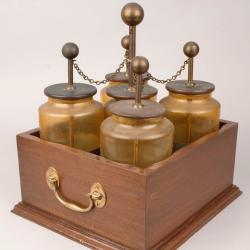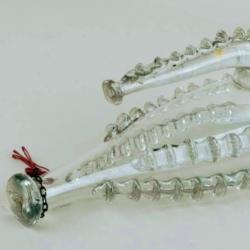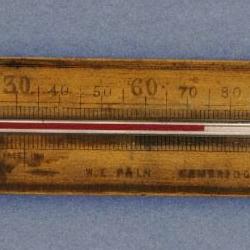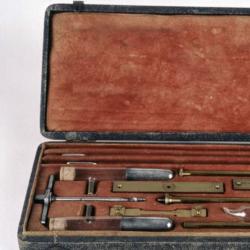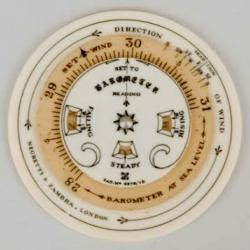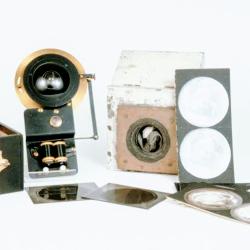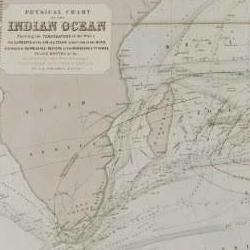Natural philosophers and scientists have long studied the conditions of our atmosphere using instruments, charts, and maps. The Whipple collection includes excellent examples of instruments that measure air pressure (barometers), temperature (thermometers), evaporation rates (atmometers), wind (anemometers), and humidity (hygrometers). The Museum also holds a collection of charts and maps representing weather patterns and meteorological phenomena.
This section contains articles on the history of meteorology and the instruments used to study the atmosphere. Though many of the instruments used to study weather and atmosphere were invented in the seventeenth century or earlier, it was during the eighteenth and nineteenth centuries that significant developments in weather research occurred. Use the links below or in the menu to the left to select an article.

